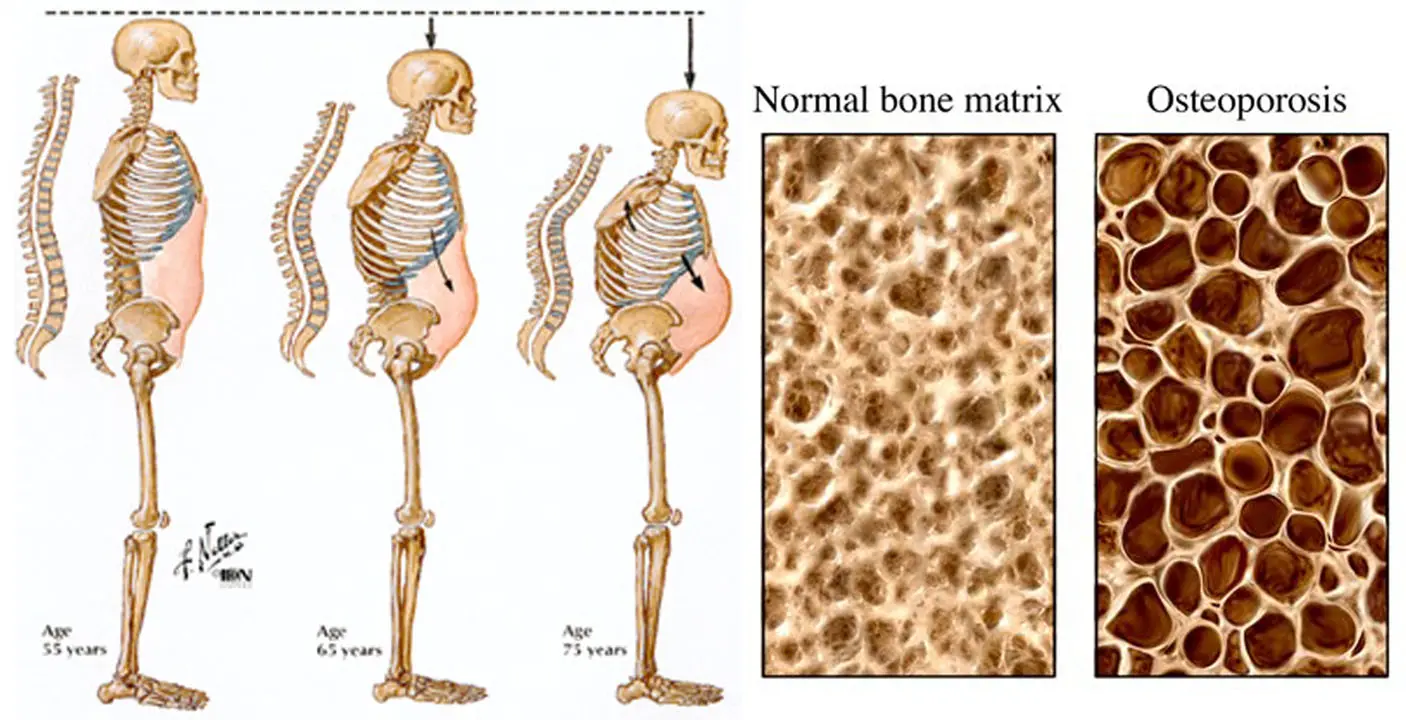Can Osteopenia be Cured?
Sometimes
Management focuses on preventing further bone loss and reducing the risk of fractures; outcomes depend on adherence to treatment and lifestyle changes

What is Osteopenia?
Osteopenia is a condition characterized by lower-than-normal bone density but not low enough to be classified as osteoporosis. Treatment may involve lifestyle modifications, calcium and vitamin D supplementation, and weight-bearing exercise. Regular monitoring and addressing risk factors are important for preventing progression to osteoporosis and fractures.

Clinical Aspects

Characteristics
Lower-than-normal bone mineral density, but not low enough to be classified as osteoporosis

Symptoms
Usually no symptoms until it progresses to osteoporosis

Diagnosis
Bone density tests, sometimes imaging studies

Prognosis
Generally good with appropriate management and treatment

Complications
Fracture, complications of untreated osteopenia
Etiology and Treatment

Causes
Aging, hormonal changes (menopause), family history, low body weight, sedentary lifestyle, inadequate calcium and vitamin D intake

Treatments
Lifestyle modifications (exercise, calcium and vitamin D supplementation), medications to increase bone density

Prevention
Lifestyle modifications (exercise, calcium and vitamin D supplementation), medications to increase bone density
Public Health and Patient Perspectives

Epidemiology
Reduced bone mineral density

Patient Perspectives
Prevention and management focus on improving bone density
For personalized advice and care, always seek the assistance of healthcare professionals. This information is meant for general understanding and not as a replacement for professional medical advice.
Share: